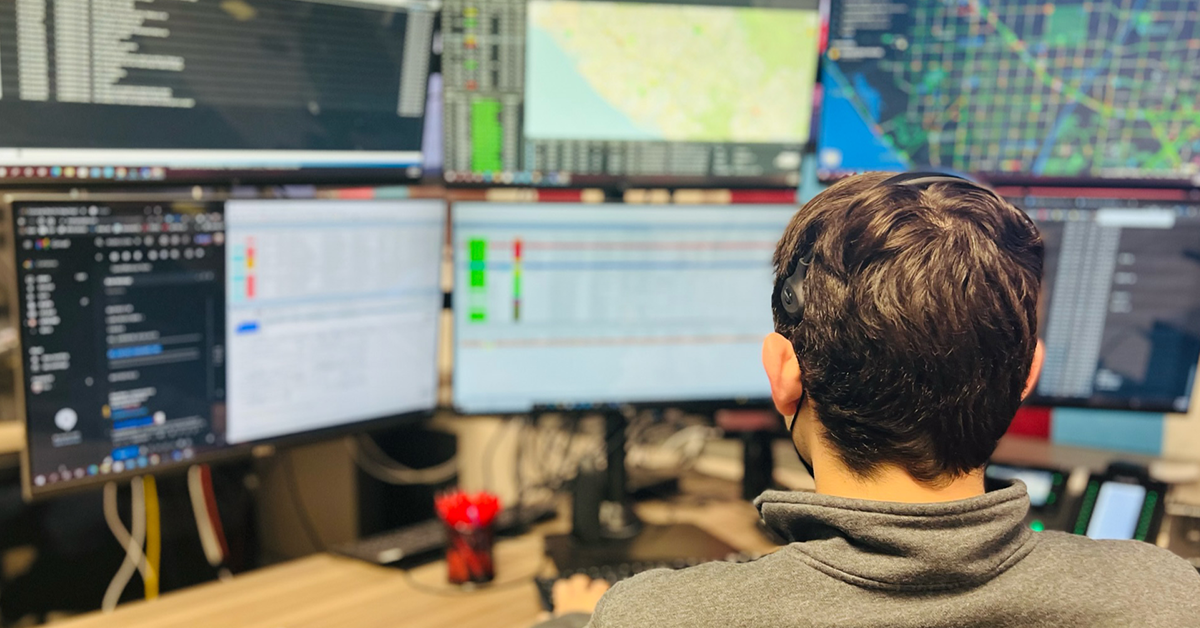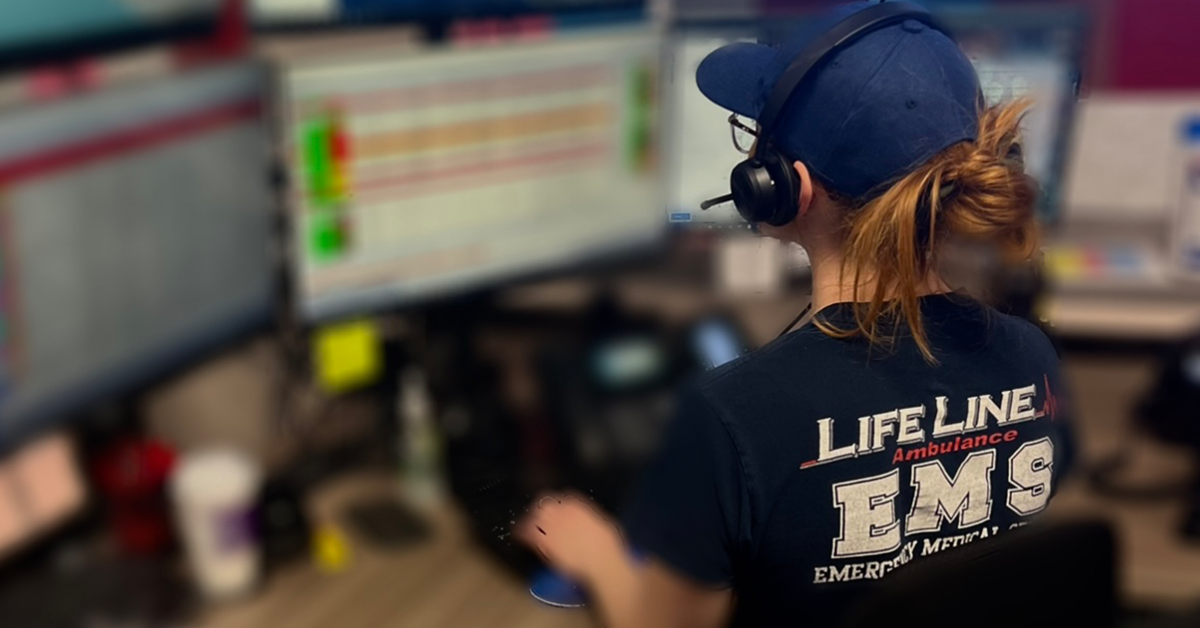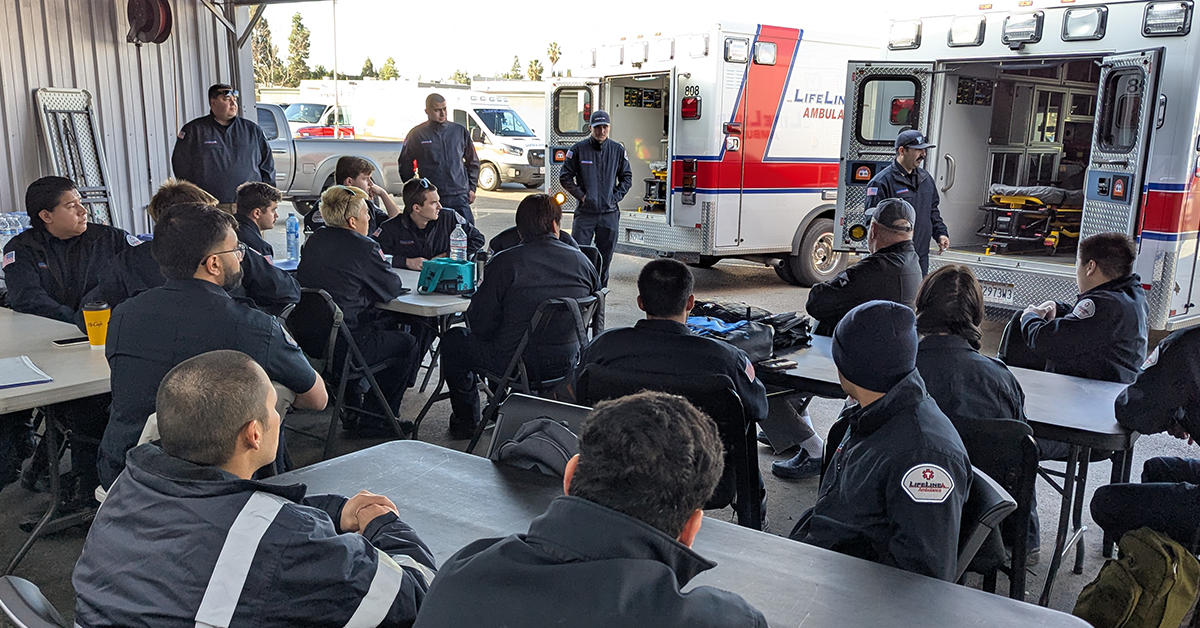The field of Emergency Medical Services is constantly evolving, and with it, the methods used to train EMS professionals. Traditional classroom-based learning and hands-on experience remain essential, but the integration of technology—particularly virtual simulations—has revolutionized EMS training. In fast-paced regions like Los Angeles and Southern California, where EMS professionals must be prepared for a wide range of emergencies, cutting-edge technology ensures they receive the best training possible.
The Evolution of EMS Training
Historically, EMS training relied on textbooks, classroom instruction, and real-world clinical rotations. While these methods remain vital, they have limitations when it comes to preparing responders for high-stress, unpredictable scenarios.
With advancements in technology, EMS education has become more immersive, allowing trainees to experience realistic simulations in a controlled environment. This ensures that paramedics and emergency medical technicians (EMTs) can practice critical skills before facing actual emergencies.
The Rise of Virtual Simulations in EMS Training
One of the most significant advancements in EMS training is the use of virtual simulations. These systems leverage computer-based models, augmented reality (AR), and virtual reality (VR) to create realistic emergency scenarios.
Benefits of Virtual Simulations in EMS Training:
- Realistic Scenario Training – EMS personnel can experience high-pressure medical emergencies in a simulated environment that mimics real-life situations.
- Risk-Free Learning – Mistakes made in simulations do not have real-life consequences, allowing trainees to learn through trial and error.
- Immediate Feedback – Simulated training programs provide instant analysis of a trainee’s performance, highlighting strengths and areas for improvement.
- Enhanced Retention – Interactive learning improves knowledge retention compared to traditional classroom instruction.
- Cost-Effective – Reduces the need for costly in-person training sessions while still offering hands-on experience.
How Virtual Simulations Work in EMS Training
Virtual simulation training for EMS professionals incorporates multiple technologies to create lifelike experiences, including:
- Virtual Reality (VR): Trainees wear VR headsets to engage in immersive 3D environments, responding to simulated medical emergencies.
- Augmented Reality (AR): AR overlays digital elements onto the real world, allowing trainees to interact with virtual patients and equipment in their actual surroundings.
- AI-Powered Patient Simulations: Artificial intelligence (AI) enhances virtual patients, enabling them to react dynamically based on a trainee’s actions.
- Haptic Feedback Devices: Some simulation systems include gloves or wearable sensors that provide tactile responses, simulating the feeling of performing medical procedures.
Beyond Virtual Simulations: Other Technological Advancements in EMS Training
While virtual simulations are a game-changer, several other technologies are shaping the future of EMS training:
1. AI-Based Learning Platforms
Artificial intelligence enhances EMS education by providing personalized learning experiences. AI-driven platforms analyze trainees’ strengths and weaknesses, adapting lessons accordingly. These systems can also simulate complex decision-making scenarios that challenge EMTs and paramedics in new ways.
2. Remote Training and E-Learning Modules
In Los Angeles and Southern California, EMS personnel often have demanding schedules. Online training modules allow them to complete theoretical coursework at their own pace. Remote learning platforms also offer:
- Interactive case studies
- Video demonstrations
- Virtual assessments
3. High-Fidelity Manikins
Modern EMS training includes life-like manikins equipped with sensors that respond to treatment. These manikins can:
- Exhibit vital signs
- Mimic medical conditions (e.g., heart attacks, respiratory distress)
- Provide real-time feedback on CPR effectiveness
4. Wearable Technology for Performance Tracking
Wearable sensors track vital signs, movement accuracy, and stress levels of EMS trainees during training sessions. This data helps instructors evaluate performance and tailor future training.
The Impact of Technology on EMS Training in Los Angeles and Southern California
Los Angeles and Southern California present unique challenges for EMS professionals, including:
- High population density and urban traffic congestion
- Increased risk of wildfires and natural disasters
- Large-scale public events requiring specialized EMS preparedness
By incorporating advanced technology into EMS training, first responders in this region gain:
- Enhanced Disaster Preparedness – Virtual simulations can replicate earthquake aftermaths, wildfire evacuations, and mass casualty incidents.
- Better Coordination with Firefighters and Law Enforcement – Cross-agency training programs use virtual platforms to improve communication and teamwork.
- Specialized Training for High-Risk Areas – Technology enables EMS providers to practice responses tailored to the specific needs of different communities within Southern California.
The Future of EMS Training: What’s Next?
As technology continues to evolve, EMS training will become even more advanced. Future trends include:
- Fully AI-Generated Training Scenarios: AI will create complex, adaptive emergency situations tailored to individual trainees.
- Virtual Reality Integration with Live Scenarios: EMS professionals may use VR headsets in real emergencies to receive guidance from medical specialists in real-time.
- 5G-Powered Remote Training: Faster internet speeds will enhance remote learning capabilities, allowing for real-time instructor feedback from anywhere.
- Biometric Data for Personalized Training: Real-time monitoring of a trainee’s stress levels, heart rate, and decision-making under pressure will help customize their training experience.
Keep Reading
Want more? Here are some other blog posts you might be interested in.
In the high-stakes world of emergency medical services, clear and effective communication can mean the difference between life and death. EMS professionals...
Emergency Medical Services is an ever-evolving field that requires constant learning and adaptation. With medical advancements, technological innovations, and increasing public health...
Emergency Medical Services s a high-stress, physically demanding profession that requires dedication, quick decision-making, and resilience. While the rewards of saving lives...






